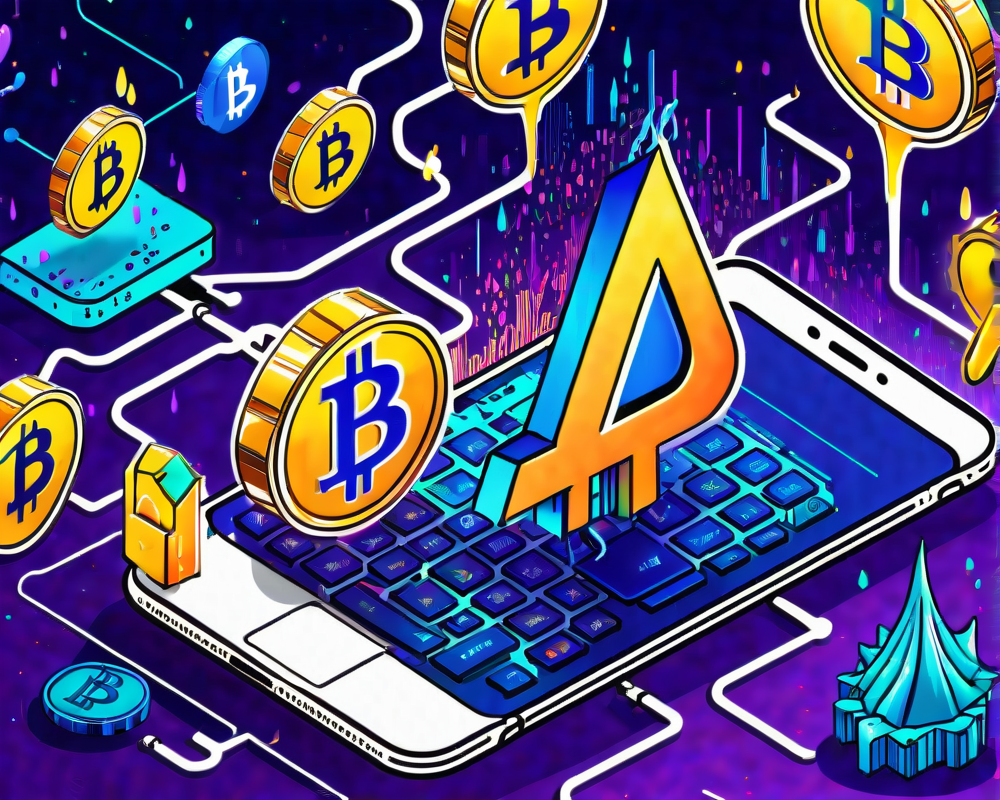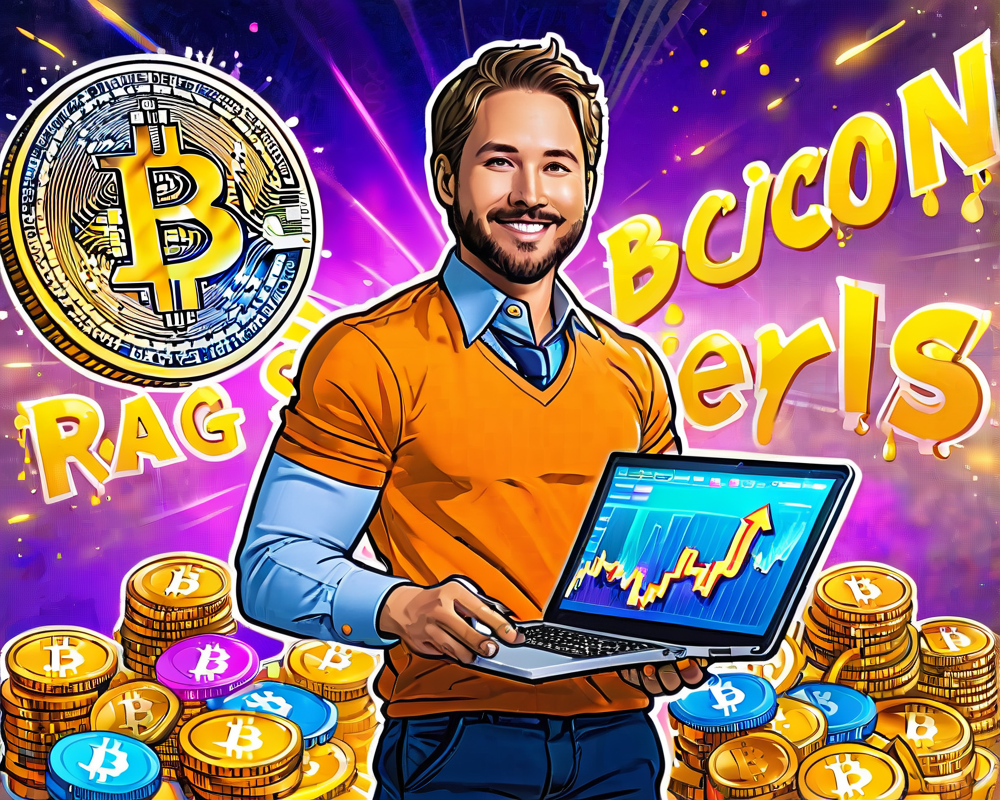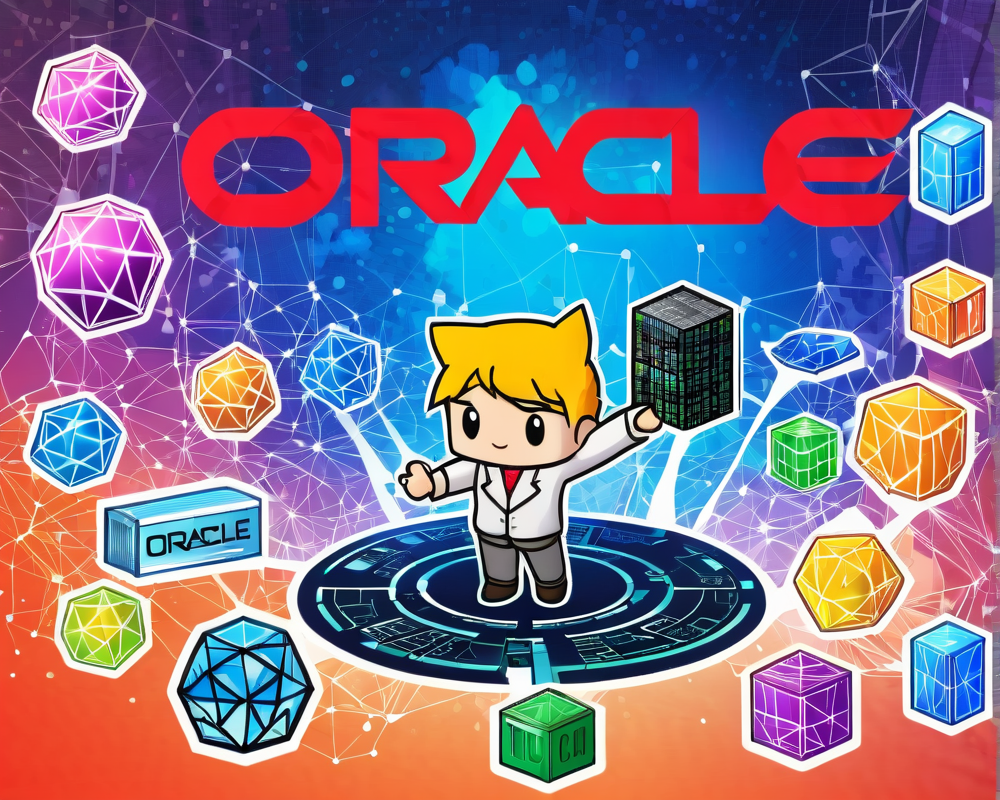The Rise of GameFi
Over the last few years, the GameFi industry has skyrocketed, quickly attracting new players intrigued by decentralized gaming. Initially emerging in 2013, the market has blossomed thanks to the NFT frenzy in 2021, with popular titles like Axie Infinity accumulating over $550 million in value. GameFi—where blockchain meets fun—has become the new digital playground for gamers and investors alike.
Challenges in the GameFi Universe
Despite the excitement, GameFi is not all rainbows and lollipops. Several projects hit the market prematurely, regardless of their actual game development stage. Players must tread carefully, as the success of GameFi titles often correlates with the volatile nature of Bitcoin prices, creating a stressful hula-hoop of risk and opportunity.
Investing in GameFi: A Risky Business
While some investors are eager to cash in on NFTs and reselling digital items in-game, it’s crucial to evaluate the technological and marketing aspects of each project. Frequent pie-in-the-sky promises may lead to unfortunate bumps in the road, like the infamous Squid cryptocurrency scandal. Launched as part of a false game centered around a popular Netflix series, it collapsed from $2,800 to zero, leaving investors with nothing but heartbreak and a lesson learned about scams.
The Skepticism from Traditional Gaming
The response from traditional game developers has been largely skeptical. Major names like Gabe Newell, CEO of Valve, have avoided GameFi, deeming blockchain games “superficial.” Such caution should resonate with users as they evaluate the landscape, especially considering the potential for scams. As traditional gamers are often wary of the allure of GameFi, they wait to see how this unfolding trend will play out.
Navigating the NFT Maze
To truly get a grip on GameFi, understanding NFTs and their integration is vital. Here’s where things get tricky. An NFT, at its core, is just a digital certificate on the blockchain, usually tied to a JPEG or some form of media. These tiny nuggets of code are supposed to represent value, but the real challenge lies in creating games that connect and interact seamlessly through shared infrastructure—something we’re still waiting to happen.
Spotting the Scams: A Checklist
How can players sniff out a scam before falling victim? Here are key indicators:
- Developer Transparency: Legitimate teams have identifiable histories; watch out for anonymous development teams.
- Independent Reviews: Do not rely solely on the glossy ads; check independent platforms for critique.
- Social Media Activity: Observe the community engagement. If the chat rooms feel like a ghost town, proceed with caution.
- Smart Contract Evaluation: Utilize resources like Etherscan to scrutinize contract details; the more information, the better.
- Revenue Insights: Understand how the project will generate income—no solid revenue means the project could be a ruse.
The Future of GameFi: Hope on the Horizon
While skepticism prevails, industry experts suggest a bright future for GameFi—provided it adapits. Pedro Herrera from DappRadar believes that traditional gaming’s vast market is ripe for true blockchain games to capture attention. As the industry evolves, integrating tangible assets and proper functionality could lead to the mass adoption that the crypto gaming space desperately needs. The potential is there, and with it, the opportunity to redefine how we view gaming and investment.




